 Like many of the archetypal tales of literature or film, Scaramouche is a story of the aristocrats warring against the common man or closer still the common man throwing off the shackles placed upon him by his oppressor.
Like many of the archetypal tales of literature or film, Scaramouche is a story of the aristocrats warring against the common man or closer still the common man throwing off the shackles placed upon him by his oppressor.
The dynamic is spelled out in an early scene as that ill-fated debutante (Nina Foch) enlists the help from behind parlor room doors of her dear cousin, the Marquis de Maynes (Mel Ferrer), to find the infernal insubordinate “Marcus Brutus.” The vagrant had the unthinkable gall to litter her very own palace with his pamphlets.
It’s easy to get distracted by the period elegance leftover from the MGM of the late 30s and 40s. The movie wears its opulence well and thankfully there’s a worthy story to prop it up and give it the heartbeat of humor and substance. Although we are on the eve of The French Revolution, this acts as merely a backdrop. As is usually the case, the story is made far more personal.
This could very easily be the story of a rebellious pamphleteer and his loyal compatriot sticking it to the bourgeoisie. However, the young upstart Philippe (Richard Anderson) is killed by the sword at the hands of the lethal Marquis, and now his companion Andre Moreau (Stewart Granger) vows to seek revenge. In fact, his story from thenceforward is driven by an all-consuming personal vendetta.
Janet Leigh, on her part, is a virginal beauty brimming with a poised elegance. She’s crucial to this story as the queen’s ward and a chosen companion for the Marquis. However, kismet means she also shares a fondness for Andre after a chance encounter by the roadside. Suddenly our two men are tied perilously close together. Still, there must be time for amusement.
Stewart Granger takes to the part with ease, and it plays to his finest attributes as a leading man. But he’s also able to have a bit of fun donning the visage of Scaramouche the masked jester, a perfect disguise and also a way to cast himself in the likeness of all the great vagabond heroes of Hollywood lore, whether they be Robin Hood or Francois Villon.
Eleanor Parker is vivid and fierce with fiery red hair and passionate jealousies befitting a person of her ilk. She bursts on the screen with an untameable beauty trampling after her love on stage, with all manner of blunt instruments, and malice in her heart. However, he’s the one who plucks her out of the arms of matrimony only to receive her continual ire and consternation in return. It’s only one of the fires lit under the movie.
The bursting palette of the picture and its sense of comic pageantry onstage cannot help but elicit comparisons to Kiss Me Kate. The adaptation of Taming of the Shrew was a musical, yes, but also directed by the very same George Sidney.
Sidney himself felt this material was ready-made for musical treatment. I’m not too familiar with Granger’s singing prowess, but I’m rather partial to how the story develops and part of that might be the dearth of modern swashbucklers. There’s something so invigorating about them even to this day, and the spectacle of the film fails to disappoint. And if Sidney was at all disappointed by the results, he only had to wait a year to get his musical.
What becomes apparent about Scaramouche is how it ably fluctuates between two tones to fit its two divergent worlds. At one time, Andre finds himself dabbling in the royal courts as a traitor and wanted man, sharing covert rendezvous with the pure-hearted Aline de Gavrillac (Leigh). Then, in subsequent moments, he’s the larger-than-life theater vagabond caught up in a perpetual game of stagebound slapstick and ferocious cat and mouse with his most favored acting partner.
However, he also has time to take on a new hobby as he endeavors to become a master swordsman, man enough to take on the Marquis. When the time comes, he takes the troupe to the big stage and bright lights of Paris though he maintains his ulterior motives.
In the name of his good friend, he takes up the mantle of the common man in the national assembly. He handily whittles down the list of deputies who all insult his character for the chance at a duel. Of course, there’s only one name he waits to cross swords against — and it’s the one name he has yet to face.
You see, the two women in his life conspire to keep them apart and, for the time being, keep Andre safe. Alas, they cannot stave off the confrontation forever; it’s an inevitable development. They meet at the theater of all places.
The final rousing show of swordplay has to be one of the finest displays I’ve witnessed in some time. Between Granger’s moderate background and Ferrer’s grace as a dancer, they make the choreography pulse-pounding and totally enthralling while their venue brings in a novel element.
All the spectators rush around as haphazard collateral damage as they thrust and parry their way across the balcony, down the steps, into the first-floor theater seats, and then finally up on the stage. It’s not just a sword fight; it feels like a whole movement with a beginning, middle, and end that plays out in front of us.
It ends with almost an anticlimax and a twist that initially seems to take away from the story, although it just might add one more feather in the movie’s cap. The only matter left to parse through is probably the most important or at least the most troubling. Which leading lady shall our leading man choose? Although they come from two different strata of society, they both boast an embarrassment of riches. In the end, he takes Janet Leigh.
It’s easily forgivable and Eleanor Parker gets the last laugh on him, not to mention a new man on her arm, all but waiting in the wings to tear France a new one. Who needs a strapping vagabond swordsman, when she winds up with one of the greatest military minds of all time? This touch of conclusive irony summarizes Scaramouche at its very best. It manages to harness the drama while never losing its romantic sense of adventure and unadulterated good humor.
4/5 Stars

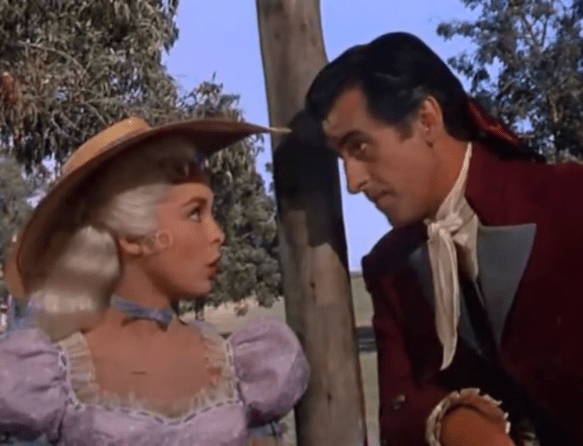
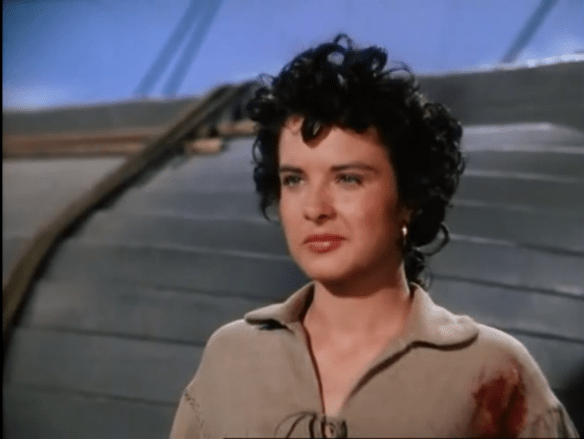



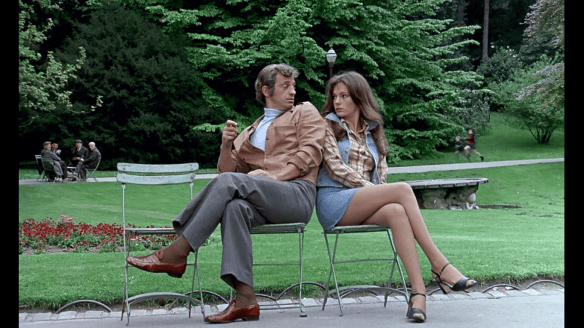
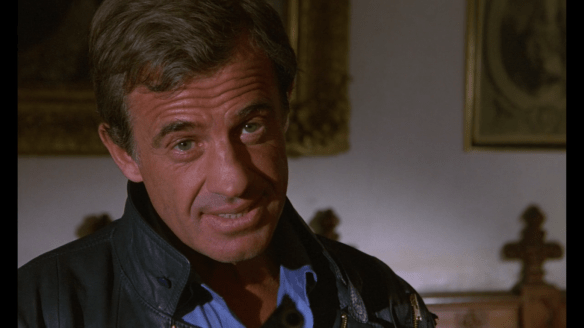

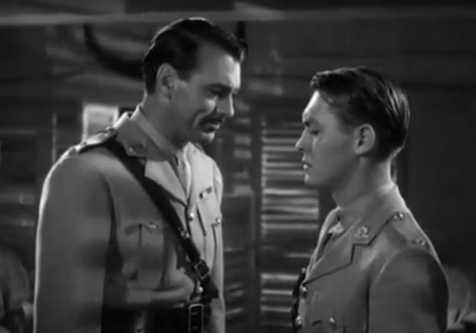
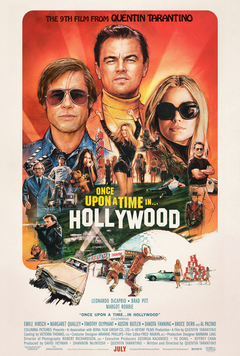
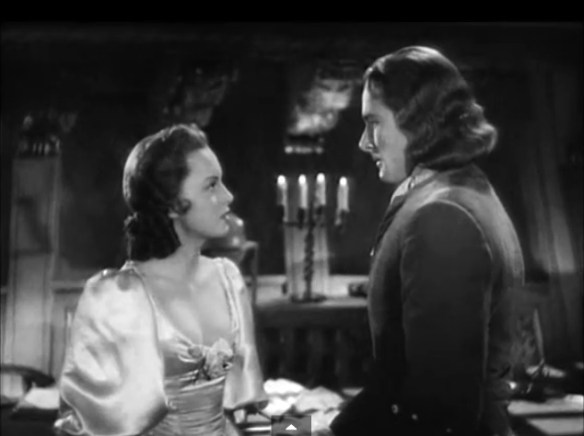
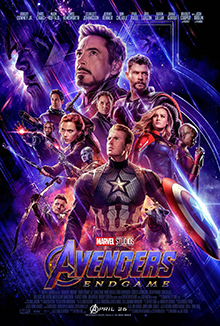 The cultural event the whole world seems to have been waiting for has finally arrived. Avengers Endgame is finally open to the public. The secrecy can cease. The debates can begin. Disney can start raking in the billions. And I presume, on the whole, the general public can let out a collective sigh of relief. The studio hasn’t ruined the tightly shepherded franchise and for those with a share of skepticism, Avengers‘s “final chapter” does some things quite well. At the very least, it brings back the epics of old for one evening of entertainment. That in itself is enough of a compliment.
The cultural event the whole world seems to have been waiting for has finally arrived. Avengers Endgame is finally open to the public. The secrecy can cease. The debates can begin. Disney can start raking in the billions. And I presume, on the whole, the general public can let out a collective sigh of relief. The studio hasn’t ruined the tightly shepherded franchise and for those with a share of skepticism, Avengers‘s “final chapter” does some things quite well. At the very least, it brings back the epics of old for one evening of entertainment. That in itself is enough of a compliment. Tom Cruise is the closest thing we have to a modern marvel on the current cinema landscape. Despite being over 50 years old, it seems like he continues to redefine what it means to be an action hero in the 21st century. A lot of his brilliance stems from taking a page out of the playbook from generations gone by.
Tom Cruise is the closest thing we have to a modern marvel on the current cinema landscape. Despite being over 50 years old, it seems like he continues to redefine what it means to be an action hero in the 21st century. A lot of his brilliance stems from taking a page out of the playbook from generations gone by. The onus is on every new superhero movie to delineate itself from the pack by sidestepping the plethora of genre cliches. It’s almost assumed they have something fresh to say about superheroes with their origin stories, self-actualizations, inner demons, and ultimate ascension to defeat the enemy. We have Marvel and to a lesser extent DC to thank for these loaded expectations.
The onus is on every new superhero movie to delineate itself from the pack by sidestepping the plethora of genre cliches. It’s almost assumed they have something fresh to say about superheroes with their origin stories, self-actualizations, inner demons, and ultimate ascension to defeat the enemy. We have Marvel and to a lesser extent DC to thank for these loaded expectations.